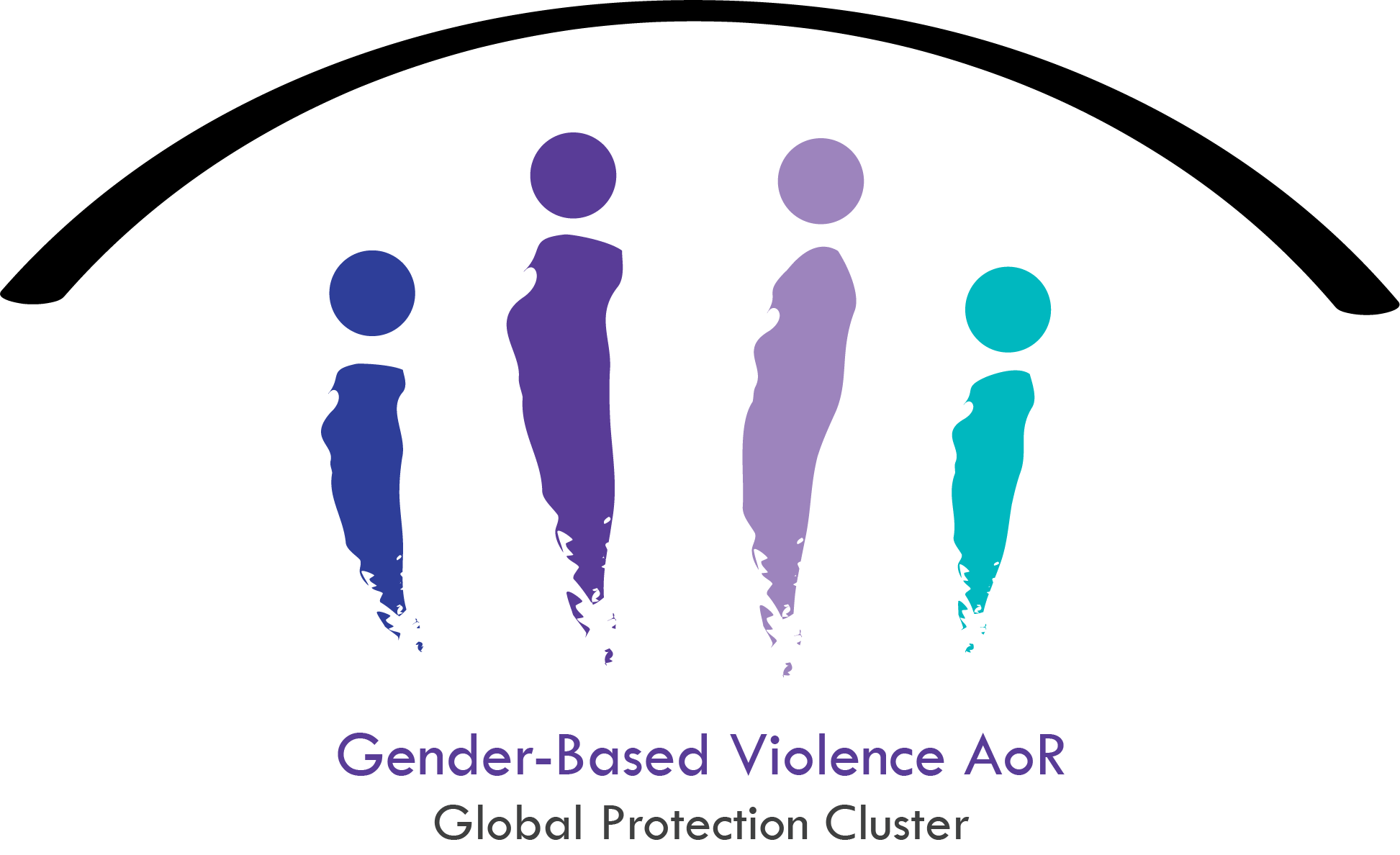Country Key Figures
100K
Country Overview
Forty years of war, recurrent natural disasters, chronic poverty, drought and the COVID-19 pandemic have devastated the people of Afghanistan. The recent escalation in conflict and resulting upheaval has only exacerbated needs and further complicated an extremely challenging operational context. Even prior to the events of 15 August, the humanitarian situation in Afghanistan was one of the worst in the world. By the mid-year mark, nearly half of the population -- some 18.4million people -- were already in need of humanitarian and protection assistance in 2021. One in three Afghans were facing crisis or emergency levels of food insecurity and more than half of all children under-five were expected to face acute malnutrition. Protection and safety risks to civilians, particularly women, children and people with a disability, were also reaching record highs. According to UNAMA, 5,138 civilians were killed (1,659) and injured (3,524) in the first half of the year, with a particularly sharp increase in casualties recorded between May and June following the withdrawal of international military forces and intensification of fighting. UNAMA notes that the number of civilian casualties between May and June was nearly as many as those recorded in the entire preceding four months. The sharp increase in hostilities across the country also severely impacted health facilities and health personnel, and further stretched thin resources responding to the increased health needs – including needs fuelled by new COVID-19 variants. Direct and indirect attacks against schools coupled with COVID-19 preventative measures disrupted critical education windows – key for children’s development and trauma coping – for a staggering 9.3 million children. Conflict has already forced more than 570,000 people to flee their homes so far this year. Despite rising insecurity, a record 757,000 undocumented Afghans were deported or had returned from neighbouring countries between January and August. Afghanistan is also facing its second drought in four years. Unlike the last drought that was relatively localised in the western region, the current drought is impacting one third of the country. This will deplete many people’s financial and asset reserves as they struggle to cope. Already, poor households have taken on catastrophic levels of debt. Many continue to rely on dangerous coping mechanisms to survive, including child labour, early and forced marriage, and risky irregular migration, and are taking on heightened protection risks as a result. The most recent leadership transitions in the country and unfolding implications on basic services, financial systems and markets has led to a further deterioration of the situation for vulnerable people. While the full impact of recent events will take more time to manifest, aid organisations have already witnessed a dangerous deepening of humanitarian need amongst a wider number of people. While all population groups across the country have been impacted, the consequences for women and girls have been most immediately felt. To respond to deepening humanitarian need and acute protection risks, the Inter Cluster Coordination Team (ICCT) has developed this multi-sector plan which details a four-month (September-December 2021) strategic response to the current crisis. The plan draws largely on unmet needs detailed in the 2021 HRP (Humanitarian Response Plan) while also incorporating new emerging needs, as they are currently understood.
Country Key Contacts
Sub-national Hubs
KEY CONTACTS
